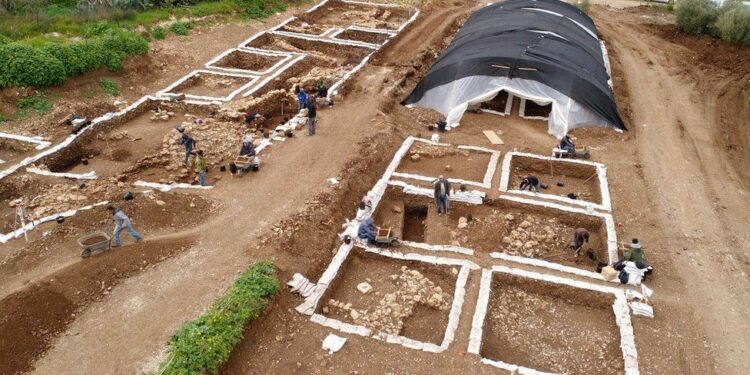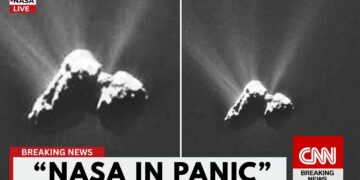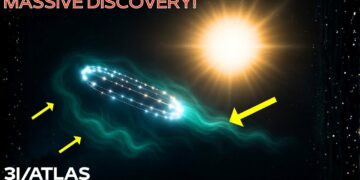According to academics, a massive Stone Age human town unearthed near Jerusalem is the largest of its type in Israel and one of the colossal such cities ever discovered.
The huge Neolithic mega-site, discovered in the Motza neighborhood approximately 5 kilometers (3 miles) west of Jerusalem, was created over 10,000 years ago and would have been a lively center of commerce and activity for the 2,000–3,000 Stone Age city-dwellers at its zenith a century later.
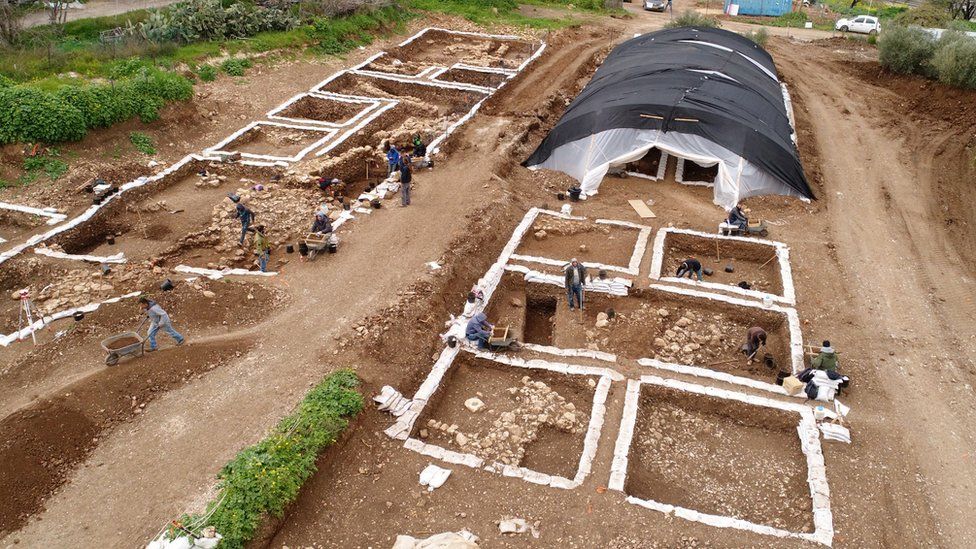
While we don’t know what the original name of this ancient metropolis that predates Stonehenge and the pyramids of Ancient Egypt was, an 18-month-long dig at the site has already discovered the footprint of a city that expanded to occupy as much as 40 hectares (about 100 acres) at its peak.
A massive Stone Age human town has been unearthed near Jerusalem. Archaeologists claim it is not just the largest of its kind in Israel but also one of the colossal such cities ever discovered.
The huge Neolithic mega-site, discovered in the Motza neighborhood approximately 5 kilometers (3 miles) west of Jerusalem, was created over 10,000 years ago and would have been a busy center of commerce and activity by its zenith a century later for around 2,000–3,000 Stone Age city-dwellers.
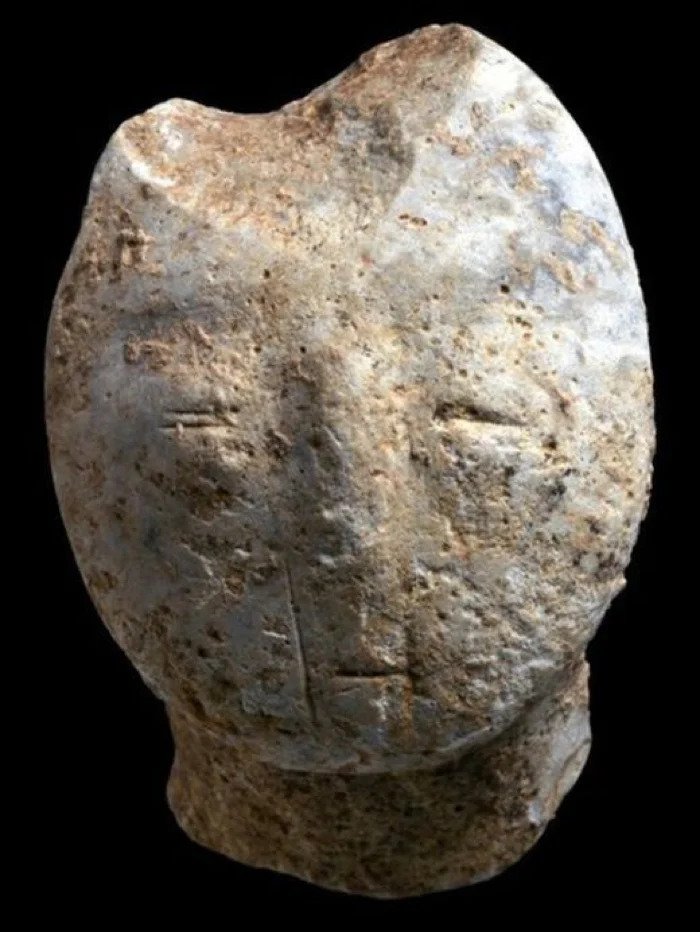
Previously, scholars assumed this location was unoccupied; yet, it makes sense that the site was colonized – the valley it rests inside offers agricultural conditions and easy access to fresh water along the banks of the Sorek river.
This lush region was populated; it also served as the background for a human culture with impressively sophisticated advancements for the period.
Unlike the equally old Turkish city of atalhöyük, the Motza metropolis has conveniently unoccupied passageways between its buildings to allow unrestricted travel —. In contrast, atalhöyük’s occupants were likely forced to use ladders to climb out of houses and over city structures.
Storage sheds were utilized in different city sections to store seeds and commodities such as lentils and chickpeas.
Such advances in design, building and urban planning were not a one-time occurrence.
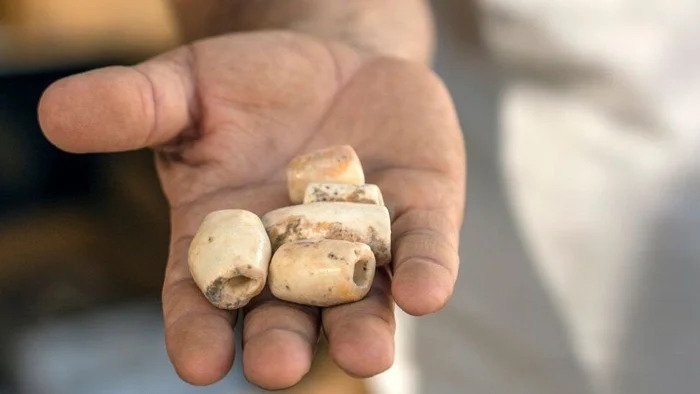
“These gifts testify to the fact that already during this ancient period, the residents of this site conducted exchange relationships with faraway places,” the researchers explain in a statement.
“Amongst others, unique stone-made objects were found in the tombs, made of an unknown type of stone, and items made of obsidian (volcanic glass) from Anatolia, and sea-shells, some of which were brought from the Mediterranean Sea and some from the Red Sea.”
The digs also turned up flint tools such as arrowheads used for hunting and maybe combat, axes, and different types of blades.
These technologies would have been utilized in farming, allowing the city to establish agriculture, which cultivated wheat, barley, and beans.
According to the experts, the ancient people nurtured and ize cows and pigs and may have been the first known community to domesticate goats.
People in this ancient land were not always so agriculturally sophisticated.
The bones of eaten game animals indicate that the city’s residents were initially hunter-gatherers until the settlement transitioned to a more sophisticated, sedentary stage in its last few hundred years — a shift likely also saw the city increase dramatically in size.
Excavations at the site are still underway, and the team believes this exceptional find – and all of the unusual, intriguing things it holds – has much more to reveal.

